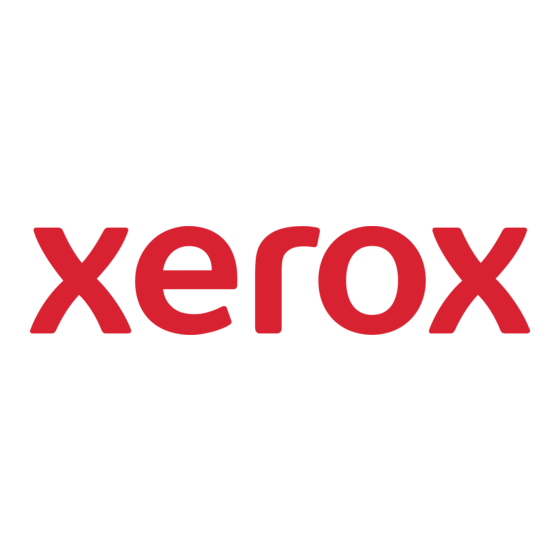Xerox Phaser 7750 Manual del usuario - Página 32
Navegue en línea o descargue pdf Manual del usuario para Software Xerox Phaser 7750. Xerox Phaser 7750 35 páginas. Color laser printer
También para Xerox Phaser 7750: Especificaciones (4 páginas), Folleto (8 páginas), Manual del usuario (4 páginas), Especificaciones (2 páginas), Manual de la red (8 páginas), Configuración rápida (5 páginas), Manual complementario (5 páginas), Manuallines (5 páginas), Manual complementario (2 páginas), Manual complementario (16 páginas), Manual de instalación (6 páginas), Manual del usuario (19 páginas), Manual del usuario (3 páginas), Manual de mantenimiento (1 páginas), Manual en color (4 páginas), Manual de instalación (33 páginas), Manual de consulta rápida (8 páginas), Manual de servicio (14 páginas), Manual de consulta rápida (8 páginas), Manual de consulta rápida (8 páginas), Manual de instalación (2 páginas), Documentación del usuario (17 páginas), Manual de instalación (2 páginas), Manual de adición de memoria (2 páginas)

